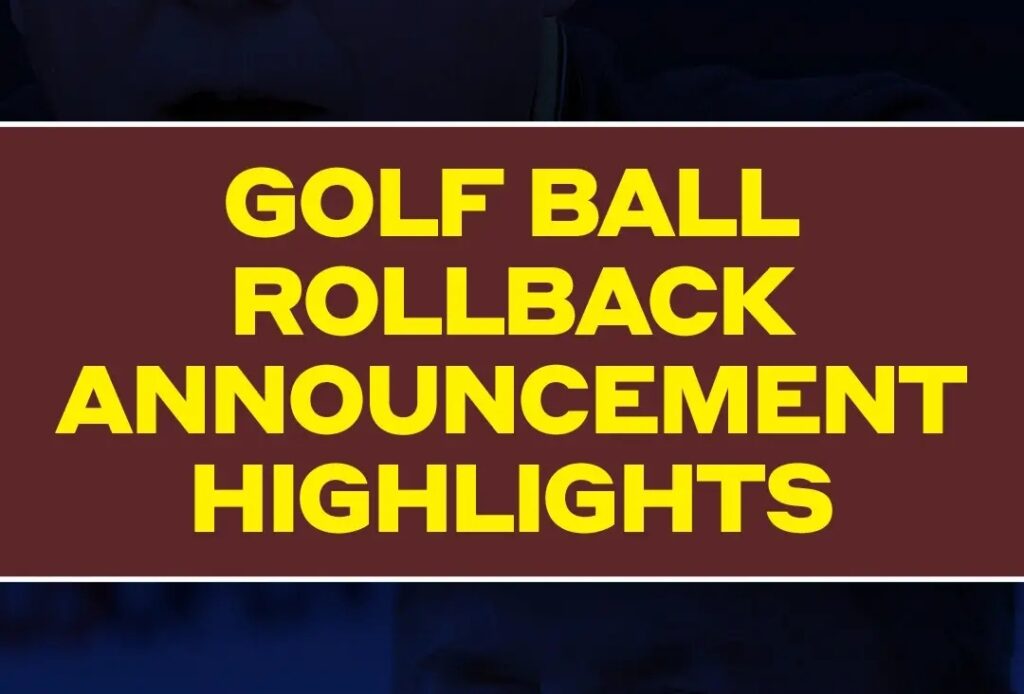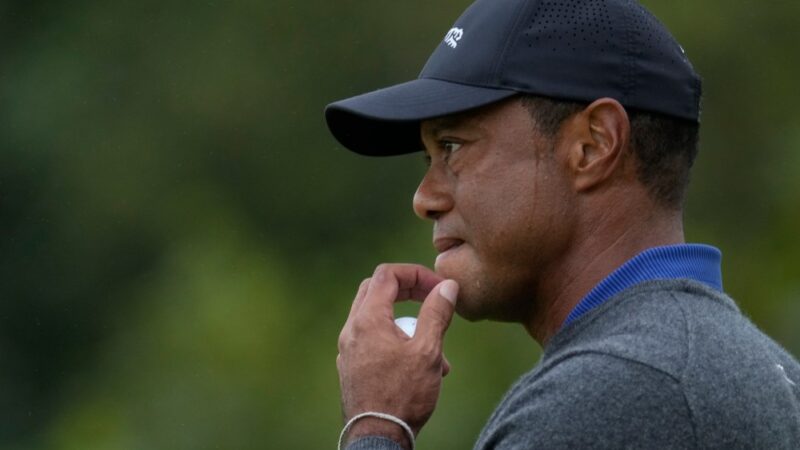Engineers are puzzled about the eventual effect of golf ball rollback on the game.


Tom Mase acknowledges that he searched through all of his files for a solution. The professor from Cal Poly San Luis Obispo, who holds a doctorate in mechanical engineering and is passionate about applying his expertise to golf studies, was requested to evaluate the potential effects of a new test that the game’s governing bodies have developed that will limit the distance balls can travel in the future.
Mase wasn’t sure if he still had a near-final response after analyzing the data for approximately an hour.
“I’ve tried to come up with a ‘ah ha’ quote, but it’s not crystal clear,” Mase later said, adding that “it’s a complex problem with all of the constraints they have.”
It should be noted that Mase and Martin Brouilette, Ph.D., both mechanical engineers and professors at the University of Sherbrooke in Quebec, Canada, are members of the Golf Digest Hot List Technical Advisory Panel. Both men have devoted hundreds of hours to researching different golf-related scientific topics. However, neither party can yet predict with certainty how golfers—especially those who play for fun—will be impacted by the rule change that was announced on Wednesday by the USGA and R&A.
The regulatory organizations state that the distance attained by the manufacturers through their own methods will be rolled back in the Overall Distance Standard test for golf balls starting in 2028 for professional players and 2030 for casual players. Since it’s too early for the largest businesses to have disclosed their methods, how they accomplish that is now the biggest blind area for scientists outside of the OEM walls.
“We have very little information, but we can imagine a lot of things,” Brouilette remarked.
The USGA and R&A stated in their announcement that the ODS test change “will have the most impact on golfers who generate the fastest ball speeds,” which are anticipated to be five to seven yards for female pros, nine to eleven yards for average male pros, and 13 to 15 yards for the longest hitters on the top men’s tours when it comes to driving clubs. For recreational golfers, the distance reductions will be “minimal,” according to the regulatory bodies—five yards or less.
Are the engineers in agreement?
“If they could achieve it with ball speed, perhaps you could design a rubber that would perform worse at high speed than at low speed,” Brouilette remarked. Perhaps you won’t lose the ball speed if you swing slowly, which wouldn’t have as much of an impact on [amateurs].


